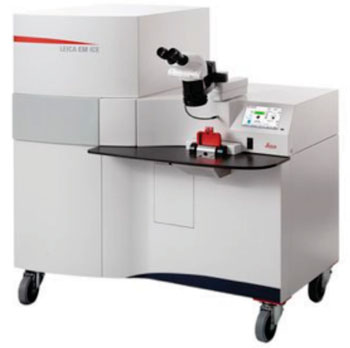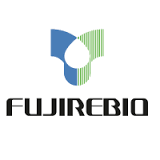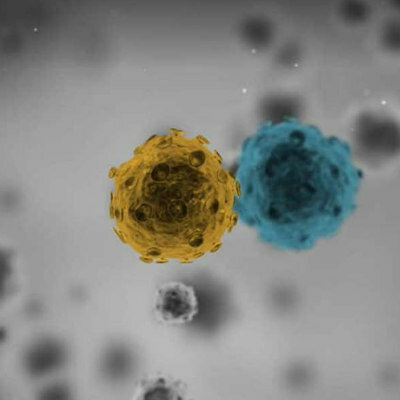New Instrument Combines Ultrafast High-Pressure Freezing with Integrated Light Stimulation
By LabMedica International staff writers
Posted on 03 Sep 2015
A new generation high-pressure freezer with fully integrated millisecond light stimulation option is now available to biotech and other life sciences researchers.Posted on 03 Sep 2015
High-pressure freezing is currently the only method for preserving aqueous samples in their close-to-native state at nanometer resolution. A new instrument, the Leica Microsystems (Wetzlar, Germany) EM ICE not only preserves samples at the temperature of liquid nitrogen without introducing structural alterations, but it enables researchers to design novel experiments, since the Leica EM ICE offers the combination of high pressure freezing and light stimulation.

Image: The EM ICE offers the combination of high pressure freezing and light stimulation. A high-pressure freezer arrests aqueous samples in their native state for optimal sample preservation (Photo courtesy of Leica Microsystems).
Synchronizing light stimulation and high-pressure freezing enables visualization of highly dynamic processes or the structural changes of photosensitive samples at a nanometer resolution and millisecond precision.
The combination of two powerful techniques: optogenetics and high-pressure freezing now makes it possible to visualize dynamic cellular activity with temporal resolution of five milliseconds. By coupling a flash of light with high-pressure freezing, such processes as vesicle recycling at the synapses can now be imaged by electron microscopy.
The EM ICE offers five different wavelengths for light stimulation and can freeze up to nine samples consecutively with its new sample storage system. Samples are frozen within one second of having been placed in the specimen carrier and brought to liquid nitrogen temperatures (-195.7 degrees Celsius, 77.45 K) at which they will be stored until further processed.
An inbuilt connection for LED light modules allows the Leica EM ICE to perform light stimulation at wave-lengths that generate blue, UV, green, red, or amber light. Integrated light stimulation facilitates precise correlation between the light stimulus and the moment of freezing.
Dr. Cveta Tomova, product manager at Leica Microsystems said, "The Leica EM ICE is a powerful tool that can bring to light new discoveries and even help understand life-sustaining processes. It is the only instrument capable of synchronizing high pressure freezing and light stimulation with a millisecond precision. The platform brings together light, time, and sample preservation on a new level. This is a combination of quality and technological innovation, designed to assist researchers in achieving scientific breakthroughs. High pressure freezing combined with light stimulation can be applied to any light-sensitive compound such as lotions, photoactivatable composite materials, proteins, and various biological samples. It can push further our understanding of highly dynamic processes, such as neurotransmission at the synapse."
Related Links:
Leica Microsystems














